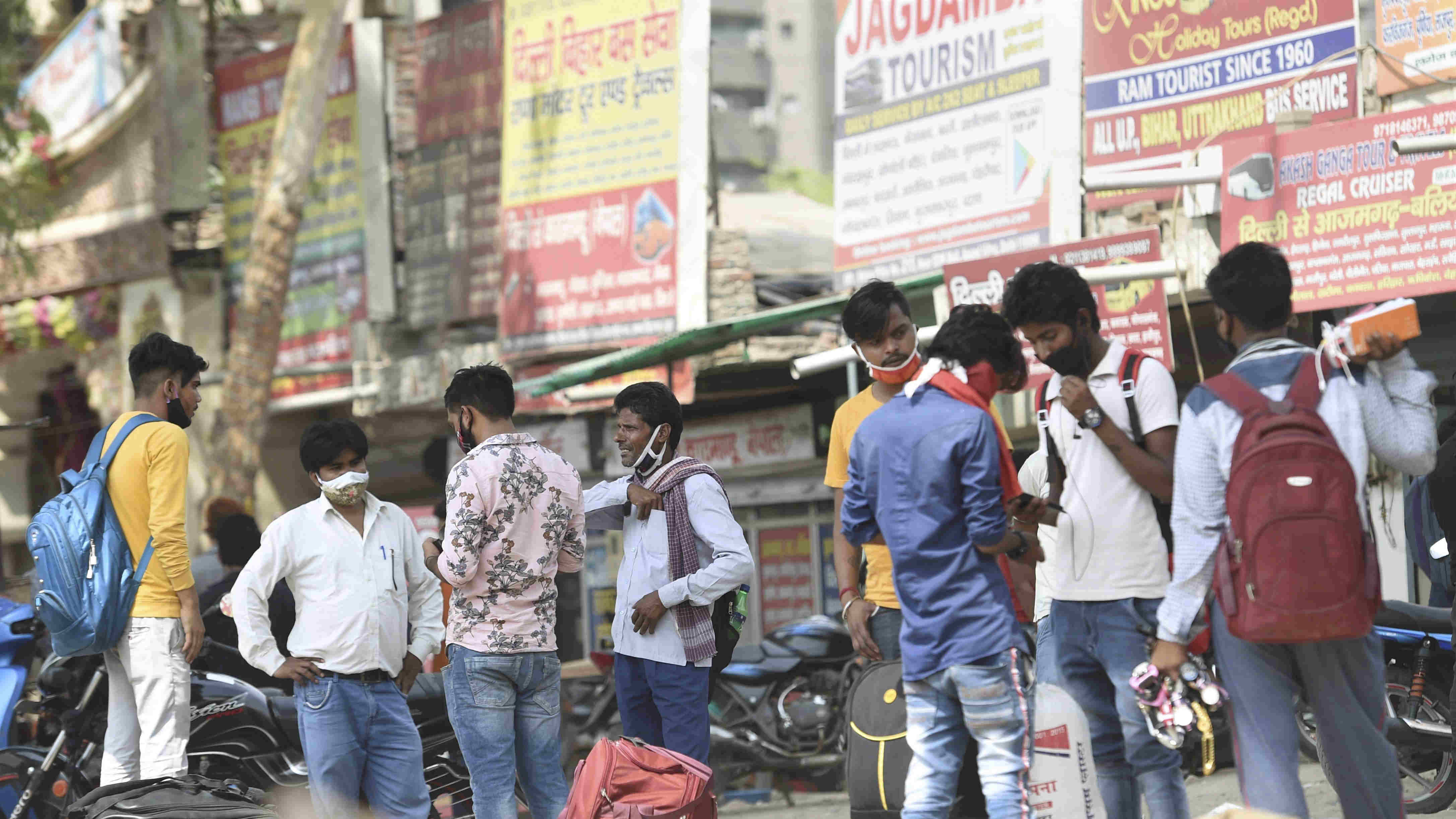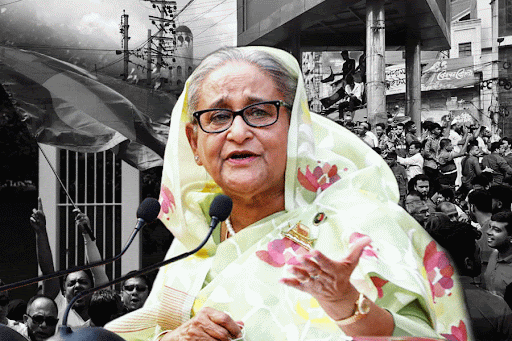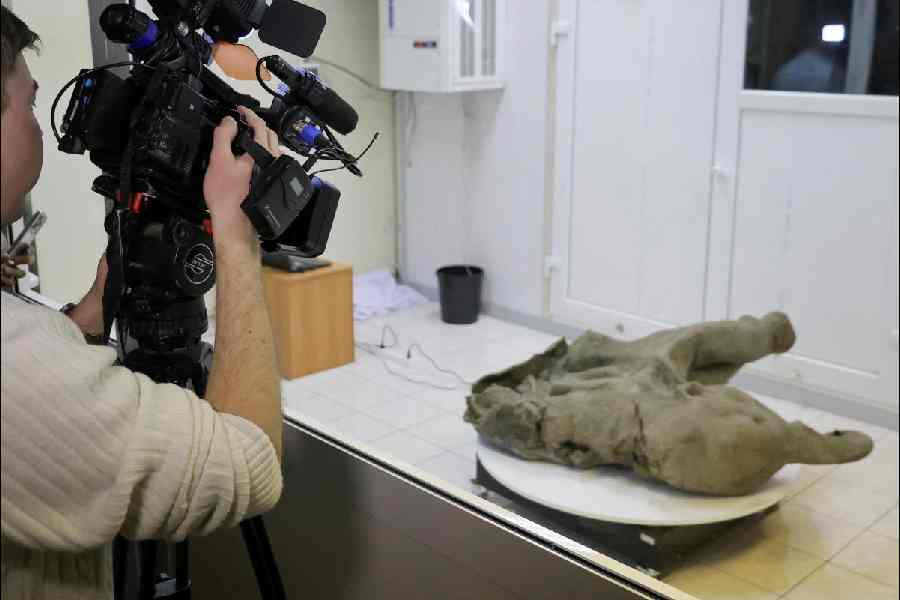Lockdowns, or even partial lockdowns, affect people’s mobility and, hence, their ability to work and earn. A recent study found a correlation between restricted mobility and loss of income. For instance, during last year’s lockdown in Delhi, there was a drop of 50 per cent in people’s mobility. The 50 per cent drop in mobility led to a 39 per cent fall in income. If incomes fall, people survive on their savings, by borrowing, or by receiving some economic support from the State. However, the very poor and the vulnerable hardly have any savings to draw upon. During the pandemic, direct support on the part of the Indian government has been very inadequate: just 2.2 per cent of the GDP compared to 12 per cent given by the Brazilian government. Hence, without savings or direct government support, the poor had to resort to borrowing for survival. The borrowing was estimated to range from Rs 12,000 to Rs 30,000, the bulk of which will remain unpaid.
Income or job losses result mainly from the closures of micro, small and medium enterprises. Last year, it was estimated that one of three MSMEs that had closed down went out of business permanently. Between January 2021 and April 2021, nearly 99 lakh workers became unemployed in India. Many of these were agricultural workers who would be able to find employment again once the agricultural season commences. Out of these people, between March and April of the current year, 34 lakh salaried workers lost their jobs: 28.4 lakh in rural areas, and 5.6 lakh in urban areas. The salaried workers who lost jobs were mainly from the closed MSMEs. These MSMEs are unlikely to survive given the present economic devastation. In this situation, any realistic appraisal would point to the necessity of direct support from the State. This support was not provided last year. This year, the government’s apathy appears worse. There is serious paucity of government data on unemployment and the number of MSME units that have shut down. A large amount of credit was earmarked last year in the special package for MSMEs. There is, strangely, no official data on what happened to the credit flows and what, if any, were its impacts.











